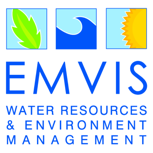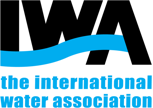
Senior Researcher, SMHI / Swedish Meteorological and Hydrological Institute
1 Background on water services
The development of water services at the regional, national and continental scale is crucial for a number of applications, including resources and reservoir management, flood hazards and mitigation, etc. The core service for modern production of water information include a production chain, which is driven by end-user dialogues and then can be divided into several nested loops with major components necessary for the production (Fig. 1).
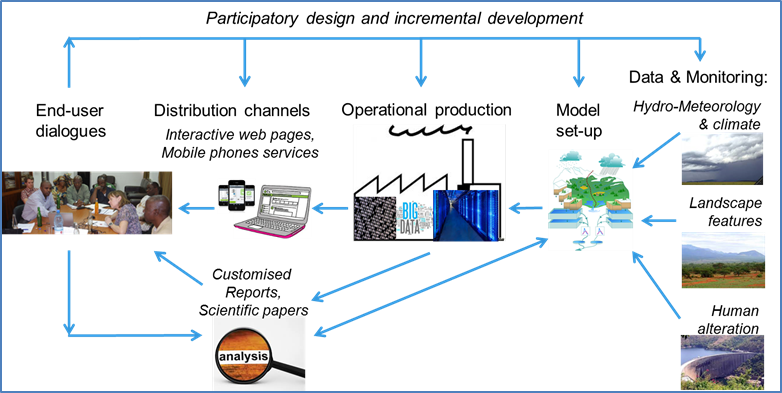
Continental hydrological modelling and forecasting can broaden the “deep” knowledge extracted from catchment-based analysis, since it encompasses at a high resolution many river basins, cross regional and international boundaries, and represents a number of different physiographic and climatic zones and human activities (e.g. irrigation, hydropower production and groundwater use). Among the limited number of European services, we (Hydrology Research group at SMHI) have setup the HYPE hydrological model at the pan-European domain (a model known as E-HYPE) to calculate and deliver water balance variables on a daily basis, hydrological dynamics as well as nutrient total load on a monthly basis. This model is also used in the SPACE-O project. As a service, the E-HYPE Water in Europe Today (WET) tool (Fig. 2) provides river flow information of the recent past and future short-range by comparing the current hydrological situation with climatological data and historical modeled events.
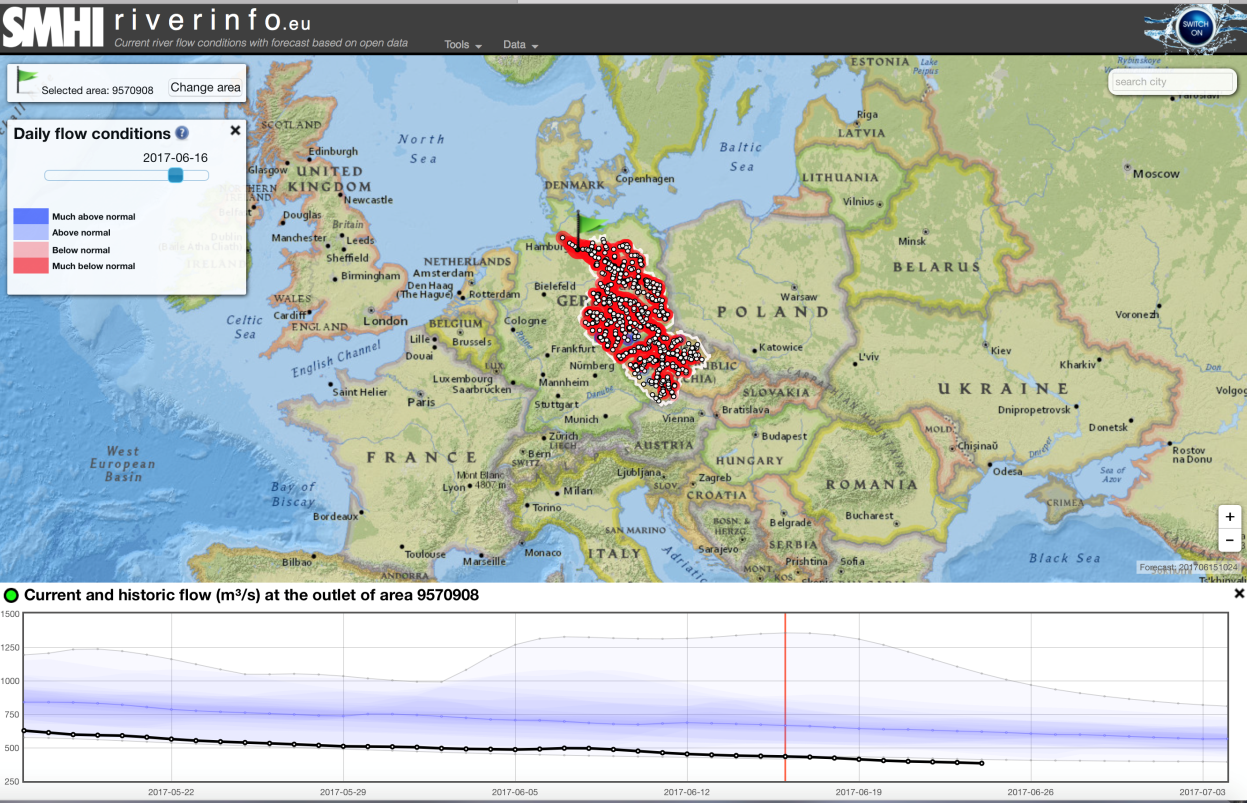
2 Moving beyond the state of the art
2.1 Meteorological data
The reliability of the current services is subject to the data used (national or continental, sparse or fine resolution), their confidentiality (open data), and their temporal availability (real time, near real time, historical). It is important that data of sufficient quality are available in close to real time to allow their incorporation and assimilation in the model systems. SMHI has developed the Global Forcing Dataset (GFD) system for generating corrected re-analysis fields of precipitation and temperature, with the primary focus to produce forcing data for continental and global hydrological applications. It has a flexible set up which allows corrections of both global and regional re-analysis at various resolutions. The main global application allows construction of bias corrected data until the end of the previous calendar month. One flavor of the GFD system is running operationally at SMHI, and collects global model data from ECMWF, observations of precipitation from GPCC and of temperature from GHCN-CAMS (Fig. 3).
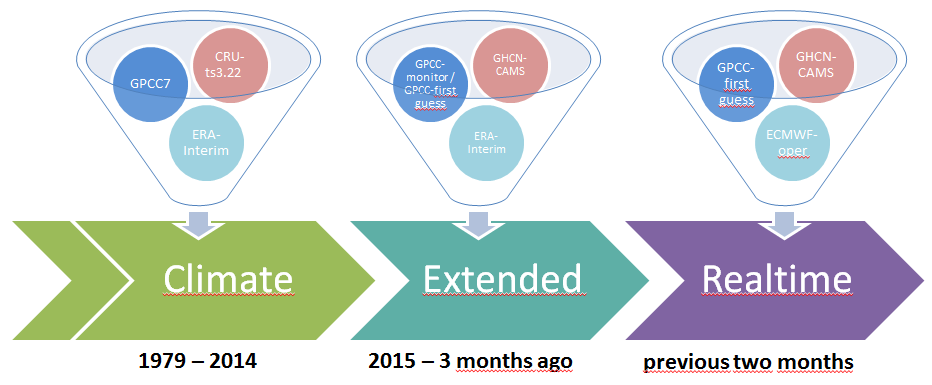
In addition, the use of probabilistic forecast has also demonstrated its added value in comparison to the standard deterministic forecasts from NWP models. Although this requires additional resources in an operational environment, the improved forecasted accuracy results into improved decision making. In an effort to embrace this advancement, current SPACE-O efforts are focusing on using the ECMWF ensemble forecasts to provide a range of possible (reliable) predictions in the developed Space-O services and tools. Further scientific advancements can also be followed in the HEPEX initiative.
2.2 EO possibilities in hydrological services
In situ observations of many hydrological variables are not currently available in an adequate spatiotemporal resolution, but global coverage from satellites could prove extremely beneficial in hydrological forecasting applications, particularly in regions of poor data availability (see a scheme of EO applications in a hydrological model setup in Fig. 4). In SPACE-O, we can benefit from new technologies which are constantly advancing methods for hydrological forecasting. The new EO technologies of hydrological use are being adopted in Space-O hydrological forecasting chain to improve forecasts. Within Space-O, we have focused on dynamic EO information, e.g. snow information, soil moisture and evapotranspiration, provided at near real time and hence allowing their assimilation in the service. Availability of (near) real time EOs would accurately estimate the initial hydrological states, which further improve both forecasts and verification of the forecasting systems post-event. The suitability of the data assimilation method is also a challenge, yet investigation of this in Space-O would allow us to provide guidance on which assimilation technique is useful and for which EO product.
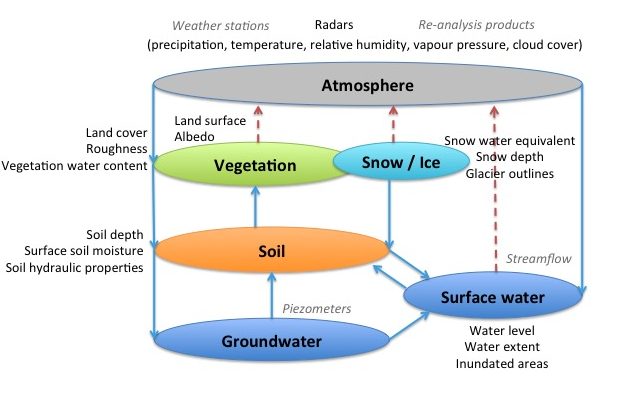
3 Potential for international users to be trained in advanced water services
SMHI has been running annual courses in the HYPE model setup and application. The 2017 HYPE training course will take place at SMHI on 4-6th September, and the Space-O PI, Ilias Pechlivanidis, will be one of the lectures. The course will involve the following themes:
- Improving an existing model setup for a part of the world
- Include regional input data (river flow observations, catchment delineation, routing, landuse, water bodies, forcing data)
- Calibration strategies and step-wise parameter estimation using multi-source data
For registration and more information, please check:
http://hypecode.smhi.se/courses-and-training/
If you are interested in joining the discussion on the use of Earth Observation for Improved Water Management, visit our discussion group dedicated to the topic at the International Water Association’s IWA Connect. If you are not yet a member of IWA Connect, you can easily join as a network member for free here. Once you are logged-in, you can access the discussion group here.

